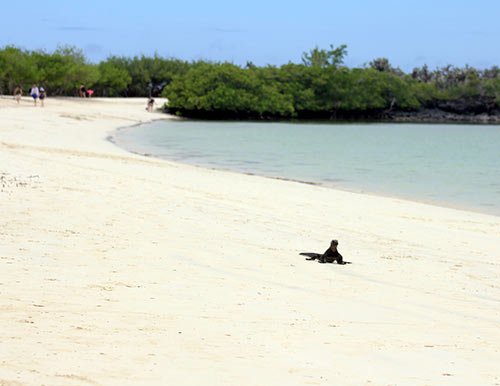Embark on the Expedition Cruise to uncover the wonders of Galapagos wildlife. Fernandina, the youngest island, will astonish you with its rugged, lava-covered terrains, shaped by ongoing volcanic activity, giving it an otherworldly appearance. Isabela, the largest island in the archipelago, presents opportunities for incredible hikes, breathtaking vistas, and unparalleled snorkeling experiences. Rabida is a prime location to observe untamed Flamingos and take leisurely strolls along a red-sand shoreline. On Santa Cruz, witness the majestic Galapagos Giant Tortoises and delve into their preservation. Santiago, once a pirate haven, offers hiking and dinghy rides amidst its historical landscape.
Day by day
Map

Preview

Preview

Preview
Cruise Includes
Airport assistance
Transfers in Galapagos
Accommodation in double cabin
All meals during the cruise
Naturalist Bilingual Guide
All visits and excursions according to the itinerary
Snorkel Gear (mask, tube and fins)
Kayaks, paddle boards
Unlimited purified water, coffee and tea
Wetsuits, soft drinks, beach towels
Cruise does not include
Local flight to/from Galapagos
Galapagos National Park Entrance fee
Galapagos Transit card
Alcoholic drinks
Tips
Local Taxes
Travel Insurance
Service do not specified
Highlights
Galapagos giant tortoise & land iguanas breeding program, Darwin finches, Galapagos mockingbirds, Galapagos flycatchers, yellow warblers.
American flamingoes, ducks, gallinules, penguins, cormorants, marine iguanas, sea lions, Galapagos mockingbirds, Darwin finches.
Galapagos hawks, sea turtles, rays, Galapagos penguins, flightless cormorants, herons.
Itinerary B
From USD 4500,00
Enquire now
Dates & Promotions
| Dates | Itinerary | Price (USD) | Available | Hold | Promotion | |
|---|---|---|---|---|---|---|
No data | ||||||